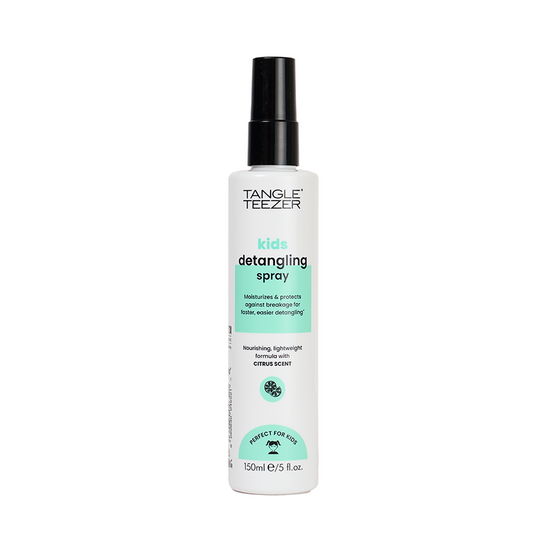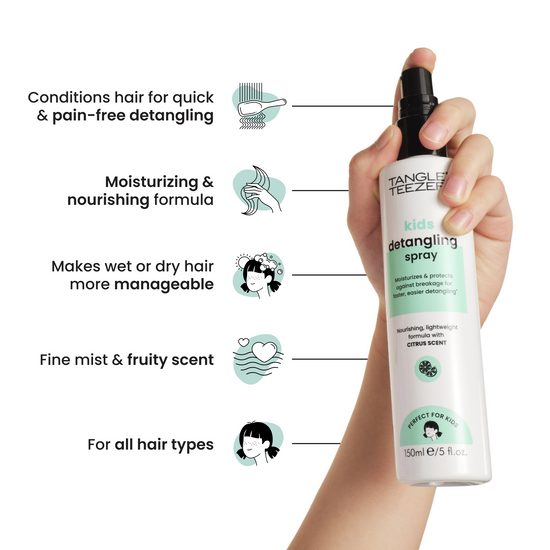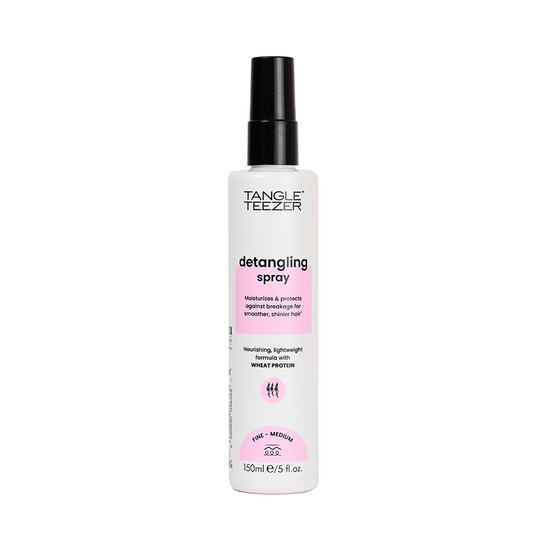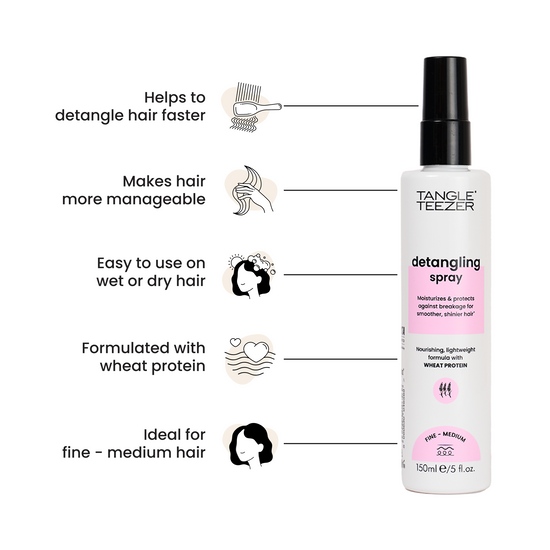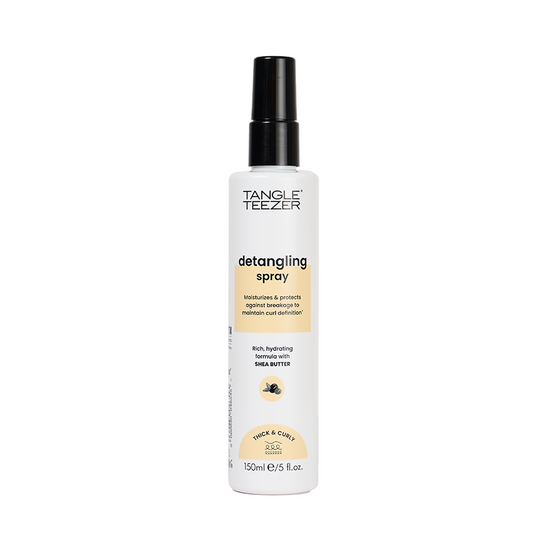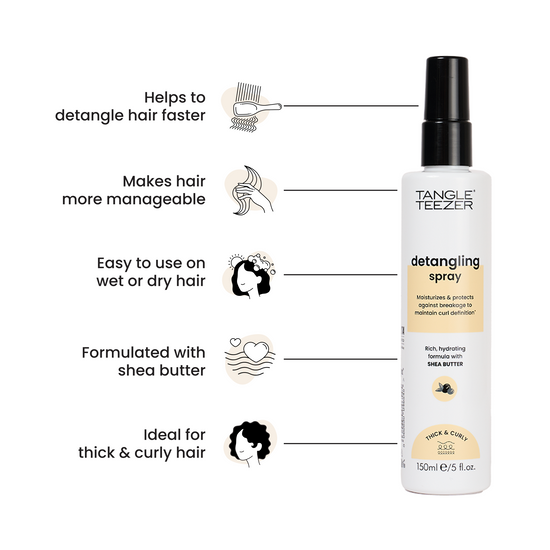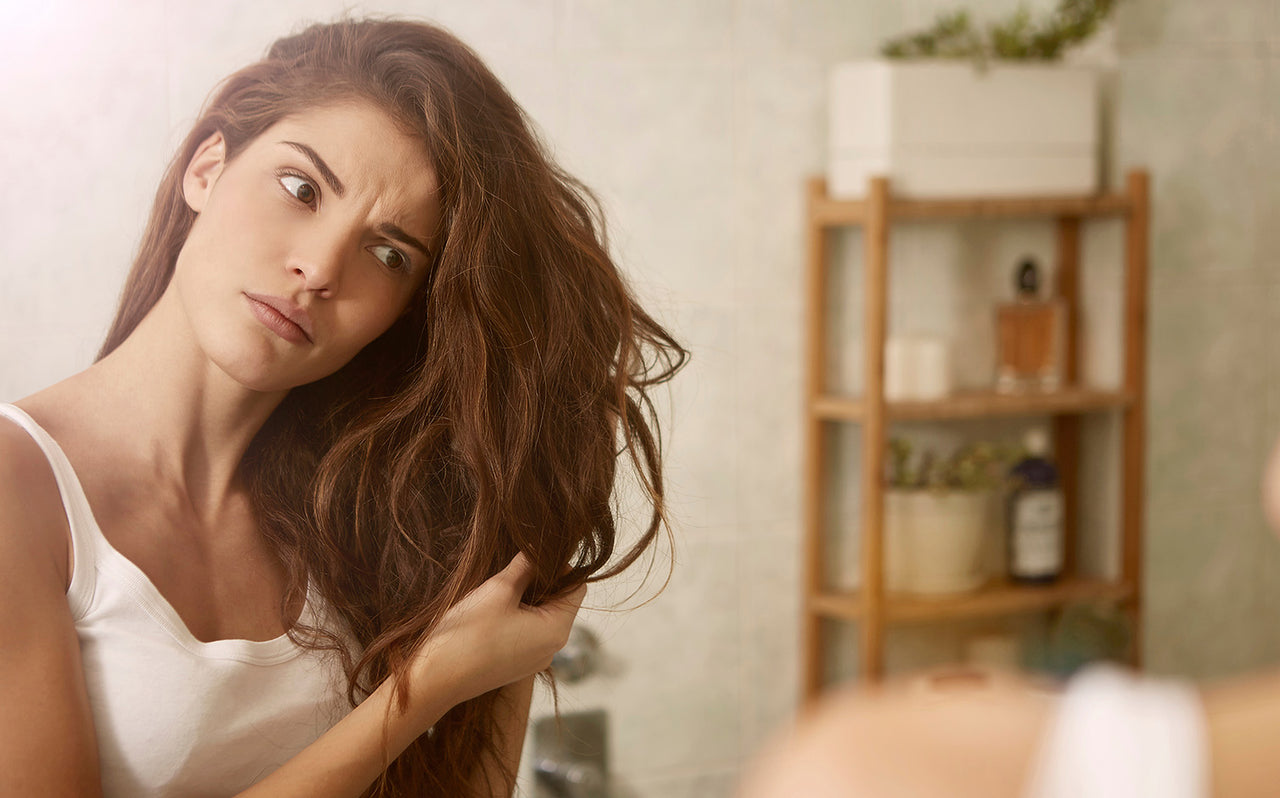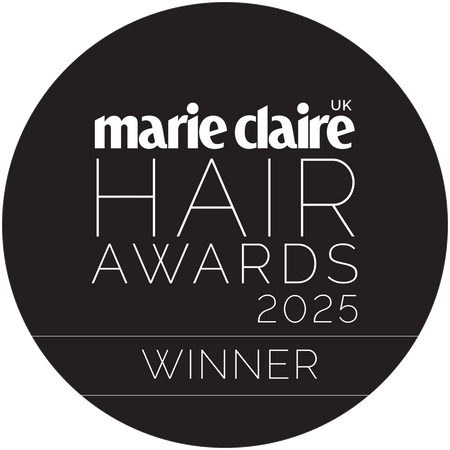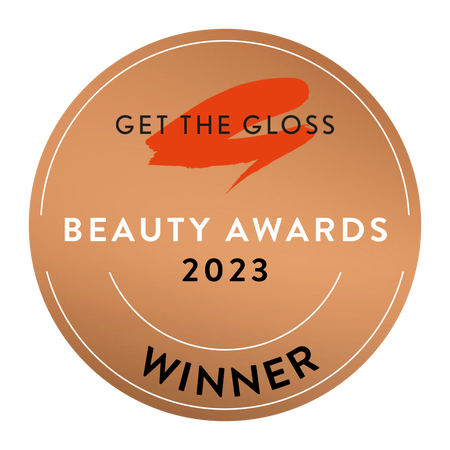If you’re reading this, the chances are that you are dedicated to doing everything you can to support your hair health! But lurking around every corner are numerous factors just waiting to cause damage. From curling tongs to UV rays, pollution to chemicals in products - there’s a lot you need to protect your hair from. But to beat an enemy you have to understand them first, so here we’ll break down some of the most common types of hair damage: mechanical and material.
Do You Have Damaged Hair?
But first, let’s delve into the characteristics of damaged hair, so you know what to look out for.
When we talk about damaged hair, we’re really talking about an unhealthy hair cuticle. When our hair cuticles are healthy, they lay flat and smooth, locking in moisture and giving out shine by reflecting light. Hair feels stronger and softer and is much easier to style. However, when the cuticle is damaged, your hair is unable to retain hydration and that can cause a whole host of problems.
Damaged hair is often very, very dry due to lack of moisture at the cuticle level. Some hair types are more prone to dryness than others - curls for example can get very dry, very quickly, whereas if you’ve got fine hair, it can be more oily and prone to grease. Understanding your hair type is key to knowing how to maintain its optimum moisture levels and keeping dryness at bay.

When hair is dry, it also tends to be very weak and brittle. This not only makes it more vulnerable to dry ends - where your hair fibres start to fray - and shedding - where you are losing hair faster than usual - but it also means it’s prone to more damage, starting a vicious cycle that can only be broken by real investment in hair health.
When you have damaged hair, it’s also harder for it to retain colour and styling. You’ll notice that if you have been slacking on your hair health routine it will start to look dull, flat and faded and it won’t hold curls or stay straight after you have spent ages trying to make it look its best. The truth is that if you want your hair to look its best, it needs to feel its best, which is why avoiding or reducing factors that can damage your hair will mean both your hair health and hair style is on point.
Material Damage
One of the biggest causes of hair damage is chemicals used in hair products and other chemicals in our environment. These factors fall into the category of material damage because they are found in materials that we sometimes apply to our hair. You’d like to think that anything created for our hair has been done so with our hair health in mind, but the fact is that many products focus on a short-term fix, making your hair look brighter or cleaner without considering the long-term effects of the chemicals used in them.
Many shampoos, conditioners and sterling products contain chemicals that dissolve the protein in our hair strands, Hair is primarily made up of the protein keratin - so when chemicals start to impact the keratin or the production of amino acids, our hair health suffers, and you may start to notice the tell-tale signs of dry, damaged hair - from split ends to hair breakage.

Some of the most common chemicals in hair products that cause material damage to hair include:
Sulfates - These are what make your shampoo lather up and are used for cleaning - but they can strip away too much of your hair’s natural moisture and leave it dry and brittle.
Parabens - These are used to prevent the growth of harmful bacteria, but parabens may disrupt the normal function of your hormone system, which may encourage hair breakage and loss.
Alcohol - Now we’re not talking tequila, but neat alcohol is sometimes included in hair care products to remove excess oils, but again these can make hair extremely dry and also cause irritation to the skin on your scalp.
Phthalates - These are found in many hair care products including hairsprays and styling sprays, as they help to lubricate the hair. However, they are not only damaging for your hair itself but have a bunch of other health concerns attached to them - including a negative impact on hormones and fertility.
To avoid material damage to the hair, we would recommend avoiding all these chemicals and instead searching for products that are labeled as natural, SLS-free, and paraben-free. Our Tangle Teezer Detangling Sprays don’t include any harmful chemicals and are the perfect product for protecting your hair from damage and breakage when detangling and styling. Of course, it may be that you need chemicals at some point - for example, if you like to have your hair chemically straightened - but if doing this make sure you get to a trusted stylist who will know how to protect your hair as best as they can.

Mechanical Damage
Mechanical damage refers to hair damage that is caused by generally not handling our hair with care! It can refer to being rough with our hair when styling (from rushing a ponytail to having our braids too tight!) and, of course, detangling. Mechanical damage is one of the main reasons it’s so important to use a hairbrush that has been created with your hair type in mind, which is why we have created a whole range of detangling and styling tools separated by hair type.
However, one of the biggest causes of mechanical hair damage is heat styling. We all love a blow dry and would not be without our curling tongs but using them too often or incorrectly can cause a world of trouble for our hair health.

Remember we mentioned earlier that hair fibers are made up of the protein keratin? Well at high temperatures the keratin starts to melt, damaging your hair at a molecular level - which is hard to reverse. When hair is damaged in this way it becomes extremely dry and breakage and split ends are very common! It also loses its elasticity and ability to hold on to moisture so it’s difficult to style and loses its shine!
It’s not only our hair fibres that can be impacted by intense temperatures. The skin on your scalp is incredibly sensitive, and when it’s exposed to too much heat it can get seriously irritated. A sore scalp is not only uncomfortable and irritating, but it can also have a detrimental effect on your hair growth and health. If the hair follicle at the root becomes damaged, it can lead to a whole host of problems, including hair loss.
How to Prevent Heat Damage
Heat damage is hard to come back from, so as with most things when it comes to health prevention is better than cure! Now, that doesn't mean you have to totally ditch your hair dryer or straightener but there are things you can do to limit the impact that the heat has on your hair.
Firstly, and this is a simple one - try to keep your hair dryer as far away from your hair and scalp as possible. Generally, when blow drying we recommend that you keep the dryer about an arm's length away from your hair/ Sure, this might make the process take a bit longer, but it’s worth it for protecting your hair in the long term. If you’re using a diffuser, it’s tempting to get right in there and use it close to the scalp, but we would advise avoiding that as it could cause irreversible damage to the hair follicle.

If you like to use straighteners or curling tongs to style your hair, try to use them on a lower temperature setting and always use a heat protective spray (but remember, avoid those chemicals!) It’s also worth considering reducing the number of times you use heated styling tools across a week, giving your hair a day off or two when you can and letting your natural style shine. There are also so many different ways to style your hair without using heat nowadays, from heatless rollers to the viral dressing gown cord curl trick.
But if there’s only one thing you take away about avoiding heat damage, it’s this; never apply heat to wet hair. When your hair is wet it’s extremely vulnerable to damage so applying heat then is a big no no. Always make sure your hair is completely dry before styling and even when using a hair dryer, allow the hair to air dry considerably before going in for the blow dry.
Your hair health should be just as important to you as your hairstyle and in reality, the two go hand in hand. The more you protect your hair from damage, the more incredible it will look, so avoid chemicals where you can, turn down the heat and make sure you’re caring for your hair as much as you can!

